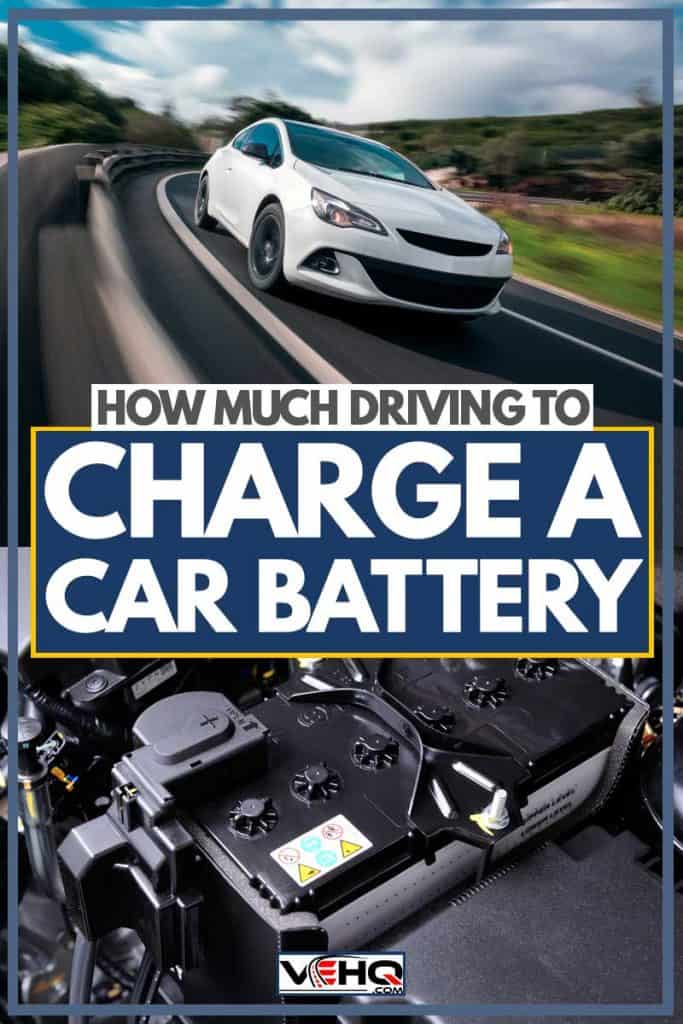Whether you’re taking a road trip or you’re commuting to work or school, one of the things that can slow you down is a car battery that has lost its charge. If you’re able to get a jump or have a car battery charging device, you’ll still need to allow the battery to charge for some time before you get on the road again.
So how much driving is enough to charge a car battery?
- It’s usually best to drive your car for about half an hour to charge a car battery. This is often enough time for charging so that the vehicle will start again once you turn it off.
- You should drive a little longer if your battery has been dead for a while, and you want to make sure the battery doesn’t die again.
You need to make sure your battery is in good condition to stay safe on the road and avoid accidents. Ensuring that your battery will run for the duration of your trip can help you reach your destination without further complications.
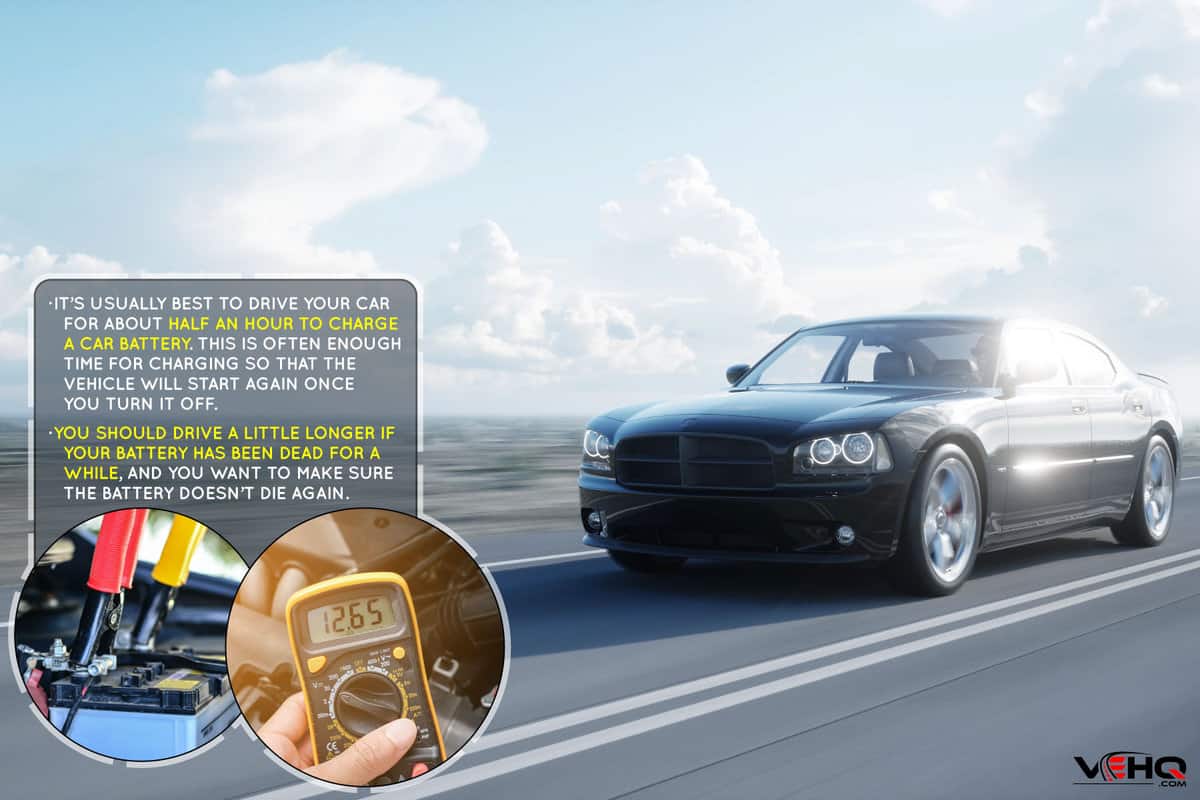
How Long Do You Need to Drive a Car to Recharge a Dead Battery?
If you want to recharge your car battery while driving, you have to operate the car at over 1,000 RPM for a sustained time. The longer the car battery has been dead, the longer the battery will take to charge. However, if you drive for at least 30 minutes, you should be able to charge the vehicle enough so that the battery will still work if you turn the car off and restart it. If you drive for about an hour without using the radio, lights, or any other electrical components of the vehicle, you should be able to charge your car battery fully.
Do Car Batteries Charge While Idling?
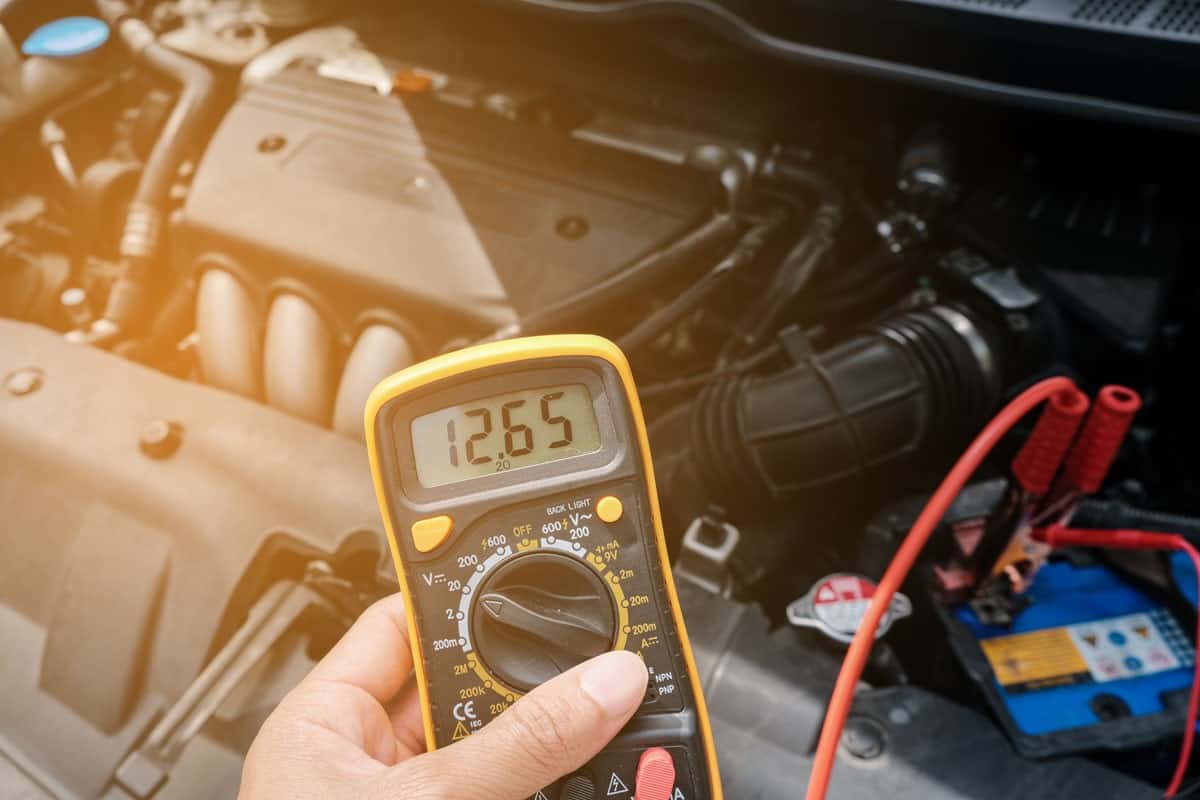
If you’ve ever had a dead car battery, you may be wondering if the battery will recharge while your vehicle is idling. Depending on how long the battery has been dead and the make and model of your car, it may be best to keep the car idling until you can move it again. However, while your vehicle is running, you may be concerned about whether the battery is charging while in its idle state.
The good news is that your car battery will continue charging while idling. The alternator will charge your battery and give electrical power to the battery. As long as your engine is driving the alternator, the alternator will produce electricity, which allows it to provide power to the battery.
It’s also important to know how your car’s electrical system works before you plan for a long road trip or commute. This will help you understand how your vehicle can charge the car’s battery. The battery is specially designed to give your vehicle enough electricity to the vehicle’s starter, which turns over your engine and gets it running.
When the engine starts running, it will continue running until your car doesn’t have any more gas or there’s a problem with your engine. The engine is connected to the serpentine belt, which helps to keep the car running smoothly.
When the vehicle’s engine turns the belt, this causes the belt to provide power to the other parts of your car so that your vehicle will function properly. The alternator is one of the elements of the car that works according to the function of the serpentine belt. The alternator controls whether your battery is receiving enough power at an efficient rate.
Does Revving the Car Engine Charge Batteries Faster?
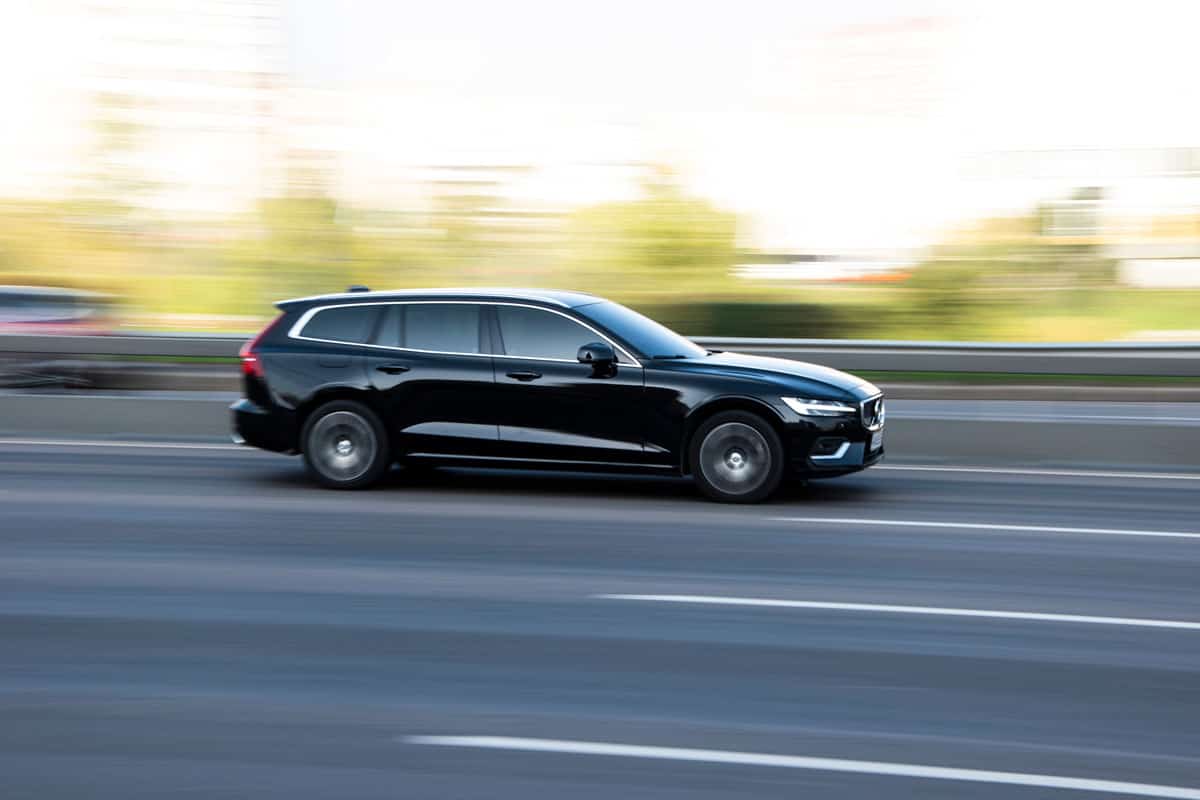
If you rev the engine while you’re charging your car battery, this may help your car to restart faster. Revving the engine speeds up the electrical flow to the weak battery. If you rev the engine, you should hold it at no more than 1,200 RPM. However, after you’ve done this three or four times, you should stop revving the engine. You can keep the battery on the charger for a few more minutes to see if it’s charging. If you still can’t start the car, this could be a sign that your battery has a short circuit, or that your vehicle has other electrical problems in addition to a dead battery.
While revving the engine while you’re charging your car’s battery can move the process along, it’s best to rev the engine a few times and then drive the car for a while to ensure the battery is functioning correctly. Once the battery is connected to a charger for about half an hour, you should drive it around for a while to help the battery maintain the charge. Once you get home, you can turn the car off and start it again to make sure the battery is working well. If it’s difficult for you to start the car or you can’t start the vehicle after turning it off, use a low-amp charger so the battery can charge safely for a few hours.
How Long Does It Take to Charge a Car Battery with a 12 Volt Charger?
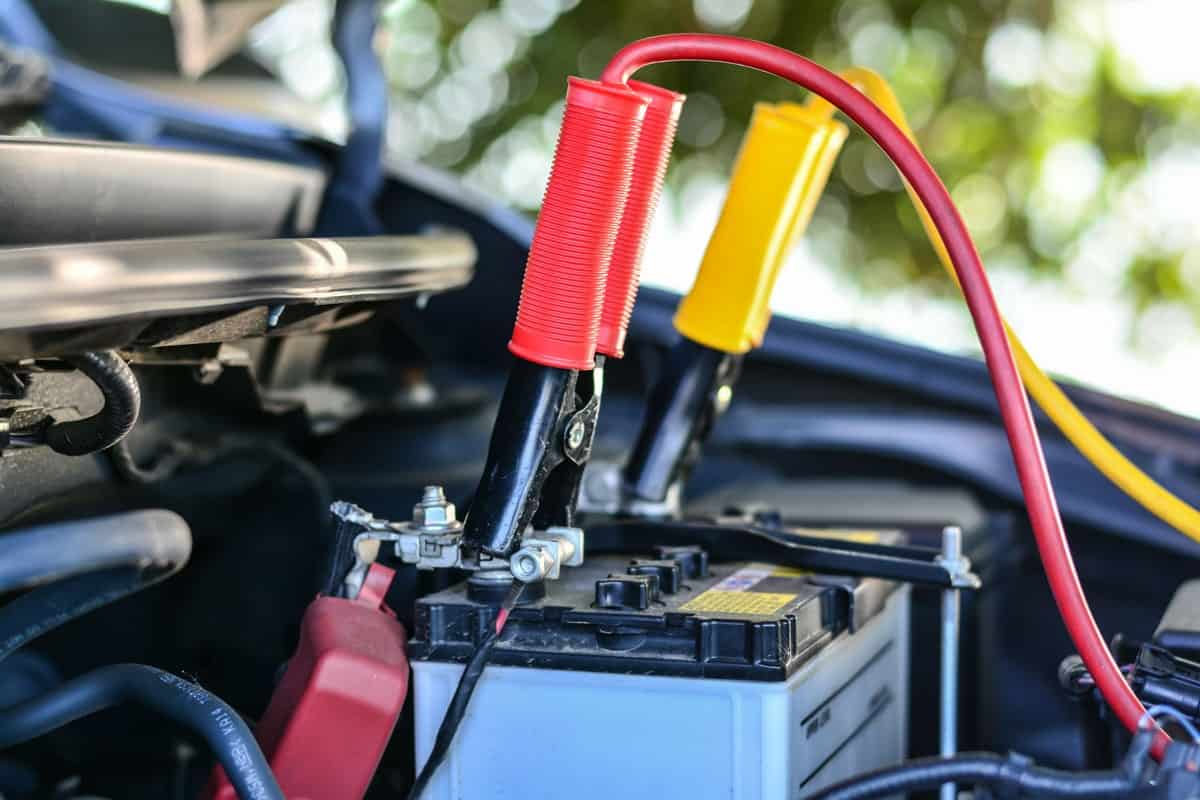
The length of time it will take to fully charge your car battery if you have a 12-volt charger is up to 12 hours. The higher the amperage of the charger, the shorter the charging time. However, if you want to keep your battery charged consistently, it’s best to choose a charger with a lower amperage as opposed to a higher one.
For instance, if you want to charge a battery at 40 amps, your car battery will charge within a few minutes. You’ll be able to start your car and drive it for an hour or two, even if your battery was depleted before you began to charge it. A 40 amps charger is great to have with you when you’re traveling long distances and want to make sure your battery can be charged quickly, especially if there’s no one around to give you a jump.
However, if you’re charging a car battery with a two amps charger, the process could take about 24 hours. The average car battery is about 48 amps, and it requires about 1 amp charge an hour. You can use this low-amp charger to “trickle charge” your battery and keep the battery at a certain level consistently.
Can You Leave a Car Battery Charger on Too Long?
While you do want to leave your car charger on long enough for the battery to be charged for extended periods, it is possible to leave the charger on the battery for too long. If you leave the charger on the battery for an extended period, even at just two amps, the battery will eventually die. Overcharging the battery can lead to gassing, which means the battery will start producing too much hydrogen and oxygen. If you have an older battery, these gasses can “cook” on the battery and expose the battery plates, which could lead to damage.
When you’re using a battery charger, try not to leave the device on the battery for more than an hour. If the charger has a display screen that lets you know the charging status, remove the charger once you see that the battery is fully charged.
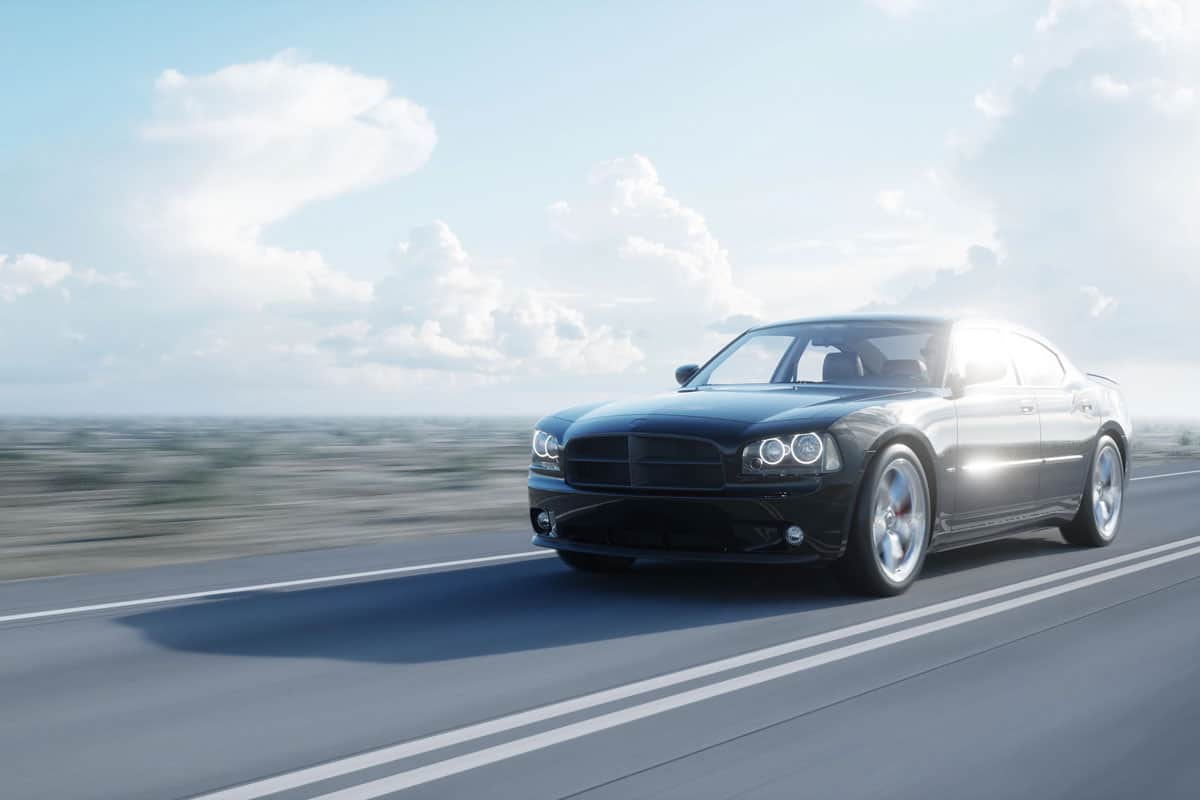
Car Charger Recommendations
It’s essential to get a quality battery charger for your car. The right device will charge your battery faster and keep the charge for a more extended period of time.
The Genius 1 from Noco is an ideal car charger for 6—volt and 12-volt batteries. However, the charger also works on batteries as low as 1 volt. The device is easy to use and allows for precision charging. The charger also includes a thermal sensor that will detect the temperature and alters the charge to keep your car from over-charging or over-heating. The temperature regulator also prevents the car from under-charging in cold weather.
Click here to see the Noco Genius 1 on Amazon.
You may also want to try the Ampeak battery charger. This device works on 6-volt and 12-volt acid batteries. The charger is great for cold climates since it has a winter charging mode feature, which is designed for giving the battery a longer life during harsh weather. The Ampeak has multi-stage charging, so you won’t have to worry about over-voltage. You can also take a look at the LCD on the device to keep up with the charging status and any error information.
Click here to see the Ampeak battery charger on Amazon.
The Tacklife Car Jump Starter is another ideal product you can keep in your trunk in case of an emergency. The charger has 800 amps peak current so that it can start cars with a 12-volt battery, as well as trucks, SUVs, and vans. The charger allows you to charge these vehicles up to 30 times on a full charge, and the charging process takes about four and a half hours. The charger also has USB ports that allow you to charge your phone or other car accessories while you charge your battery.
Click here to see the Tracklife Car Jump Starter on Amazon.
In conclusion, you should make sure to drive your car for about a half-hour to ensure your battery is charged. Make sure to drive a little longer if your battery died, you were boosted, and you want to ensure it doesn't happen again.
Here are more battery tips! Read below -
Can a Car Battery Charge Itself?
Will Disconnecting the Car Battery Harm the Computer?
